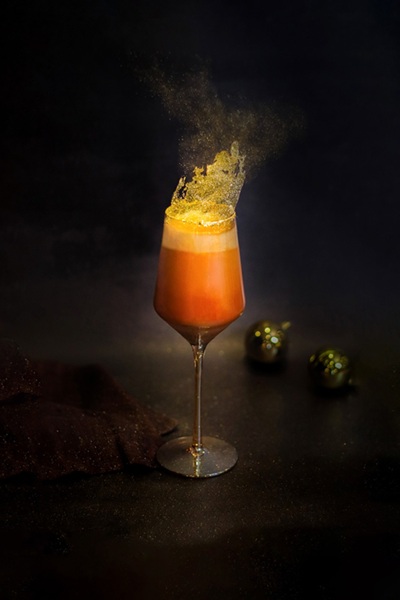The Journey of Thai Tea - From Its Origins to a Global Phenomenon #2: Why Does Ordering ‘Cha Yen’ Get You Milky Tea?
The Journey of Thai Tea - From Its Origins to a Global Phenomenon #2: Why Does Ordering ‘Cha Yen’ Get You Milky Tea?
Why Does Ordering ‘Cha Yen’ Get You Milky Tea?
Another linguistic curiosity is the term Cha Dam Yen—literally “black iced tea.” However, the tea itself is visibly red, not black. Why call it Cha Dam (black tea)? This confusion arises from terminology: in English, black tea refers to fully oxidized tea, while in Chinese, the same tea is called Hong Cha (紅茶), meaning “red tea.” However, in the context of Thai iced tea, Cha Dam does not refer to oxidation but rather the absence of milk.
The explanation lies in the influence of traditional coffee vendors. In old-style Thai coffee stalls, if you ordered Ka-Fae Ron (hot coffee), you’d automatically get coffee with sweetened condensed milk. If you wanted iced coffee, you’d order Ka-Fae Yen (iced coffee with milk). To get black coffee, you had to specify Ka-Fae Dam Yen (black iced coffee). The word dam (black) was initially used to describe the actual color of black coffee, but over time, it evolved to mean “without milk.” This convention carried over to tea, hence Cha Dam Yen means iced tea without milk.
Later, when espresso-style coffee was introduced to Thailand, the same pattern continued with Es Yen (sweet iced espresso). This naming system has even led to occasional confusion, as some people mistakenly expect Es Yen to be unsweetened espresso with ice.



